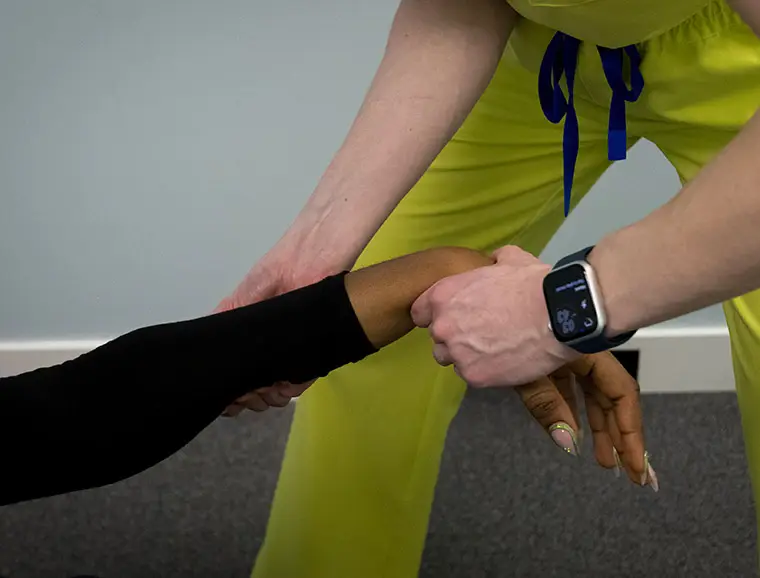Nicole H.
I cannot recommend Dr. Kelsey enough! She is an outstanding chiropractor who truly stands out from her peers. Her holistic approach treats the whole person, not just the symptoms. After trying many different treatments over two years to heal my frozen shoulder, Dr. Kelsey successfully restored full mobility to my shoulder.
Dr. Kelsey also treats my two teenage children. She works with orthotics and chiropractic adjustments to straighten my daughter's knees and provides exercises for my son to realign his shoulder rotation. Her dedication and expertise have made a significant difference in our lives. Thank you, Dr. Kelsey!
“






